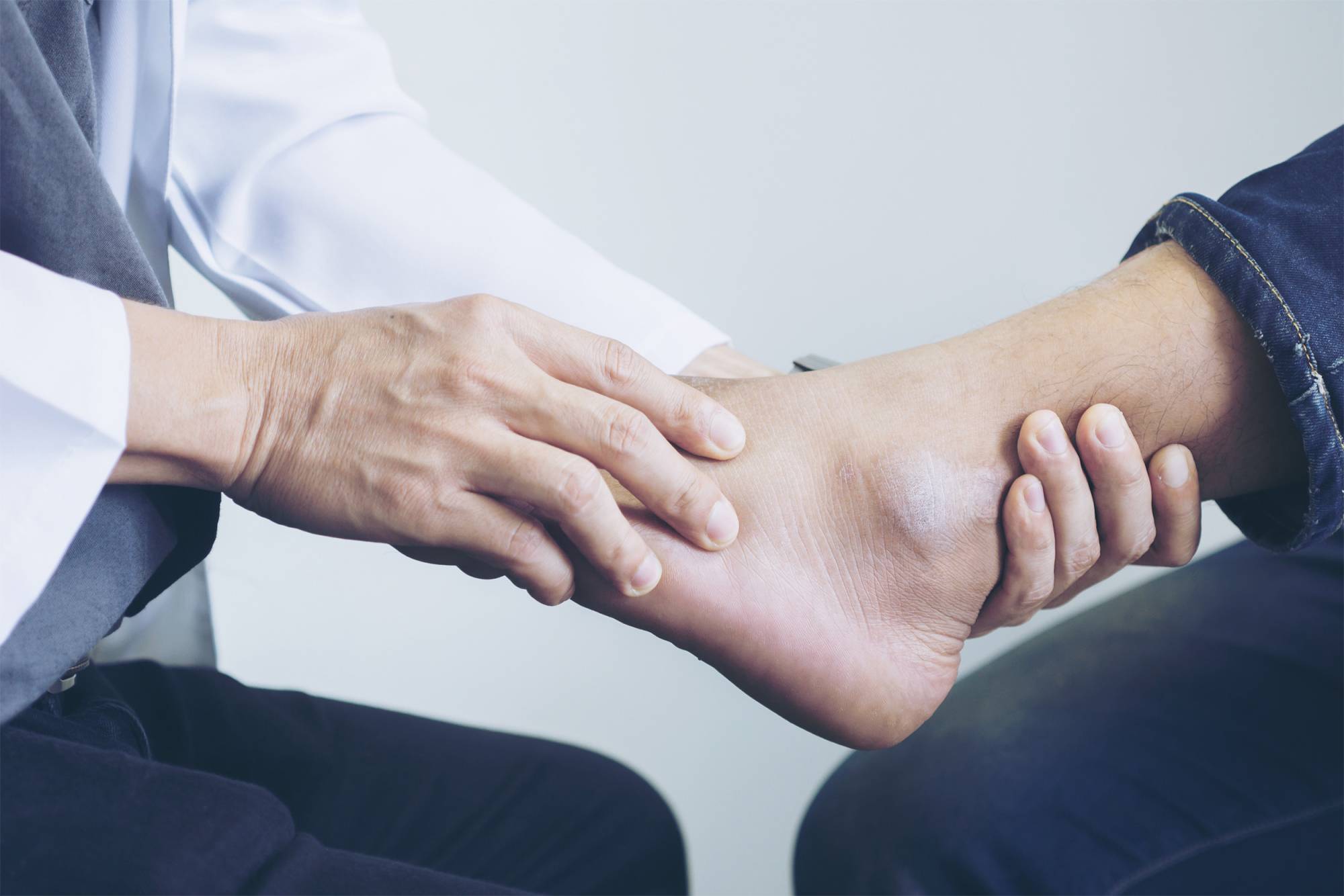Morton's Neuroma is often perceived as a benign tumor of the nerve; however, this terminology excessively simplifies the condition. It is more accurately described as neuropathic foot pain associated with the interdigital nerve. This article discusses the foot and ankle pathomechanics leading to metatarsalgia, the clinical examination, and differential diagnosis of the condition, and the importance of imaging for accurate diagnosis.
Pathophysiological Mechanisms
The development of Morton's Neuroma is often related to repeated compression of the interdigital nerve, leading to fibrosis and nerve degeneration. This condition is frequently observed in individuals with anatomical predispositions or those who wear narrow or high-heeled shoes.
Non-Operative Management
Non-operative management is the first-line recommendation for treating Morton's Neuroma. This may include:
- Physiotherapy: Specific exercises can help reduce pressure on the nerve.
- Injections: Local anesthetics, steroids, and alcohol to reduce inflammation and pain.
- Cryotherapy and radiofrequency ablation: To decrease pain through cold or radio waves.
- Shockwave therapy: Stimulates healing and reduces pain.
These treatments aim to relieve pain and improve foot function without surgical intervention.
Operative Treatment
If non-operative management fails, operative treatment is indicated. Neuroma excision has shown good to excellent results in 80% of patients. However, treatments such as gastrocnemius release and osteotomies should also be considered to address concomitant issues. The success of surgery largely depends on the correct diagnosis with recognition of all elements of the problem and the optimal surgical technique.
Outlook After Surgery
Recovery after Morton's Neuroma excision varies among individuals. Most patients report a significant decrease in pain and an improvement in foot function. However, adequate rehabilitation and adherence to post-operative recommendations are crucial for an optimal outcome.

 Prendre rendez-vous
Prendre rendez-vous

